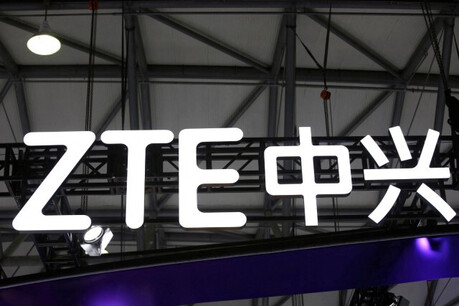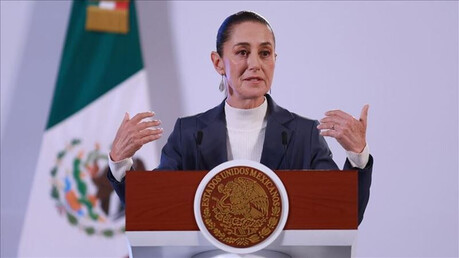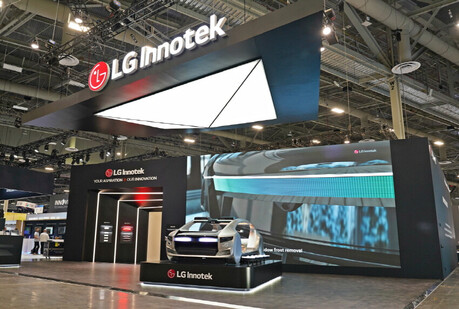
RIYADH - Saudi Arabia's non-oil exports saw a significant 12.7% year-on-year increase in October, reaching SR25.38 billion ($6.76 billion), according to the General Authority for Statistics (GASTAT). This robust growth underscores the Kingdom's ongoing efforts to diversify its economy away from heavy reliance on oil revenues.
Chemical products emerged as the leading non-oil export category, accounting for 26.8% of the total, followed closely by plastics and rubber products at 23.7%. This surge in non-oil exports aligns with the ambitious Vision 2030 strategy, which aims to transform the Saudi economy and reduce its dependence on oil revenues.
"The ratio of non-oil exports (including re-exports) to imports increased to 35.2 percent in October 2024 from 30.1 percent in October 2023," GASTAT stated in its report. This positive trend was attributed to the combined effect of a 12.7% increase in non-oil exports and a 3.8% decrease in imports during the same period.
Despite the encouraging growth in non-oil exports, total merchandise exports experienced a 10.7% decline in October, primarily driven by a substantial 17.3% drop in oil exports. This decline reflects the Kingdom's commitment to reducing its dependence on crude oil sales, as evidenced by the voluntary oil production cut of 500,000 barrels per day implemented in April 2023.
China maintained its position as Saudi Arabia's largest trading partner, importing goods worth SR14.95 billion, representing 16.1% of the Kingdom's total exports. India, Japan, and South Korea followed as significant export destinations.
On the import side, Saudi Arabia witnessed a 3.8% year-on-year decline in inbound shipments, reaching SR72.01 billion. Machinery and equipment led the import category, accounting for 25.7% of the total and experiencing a 6.9% annual increase. However, imports of transportation equipment declined by 21.6%, representing 15.3% of the total.
China remained the dominant source of imports, supplying goods worth SR17.58 billion to Saudi Arabia in October. The United States and the United Arab Emirates followed as major import partners.
King Abdulaziz Sea Port in Dammam emerged as the leading entry point for imports, handling goods valued at SR21.16 billion, constituting 29.4% of total inbound shipments.
Saudi Arabia's latest trade data provides evidence of its progress in strengthening non-oil sectors while navigating the challenges of the global oil market. This progress aligns with the long-term economic transformation goals outlined in Vision 2030.
[Copyright (c) Global Economic Times. All Rights Reserved.]





























